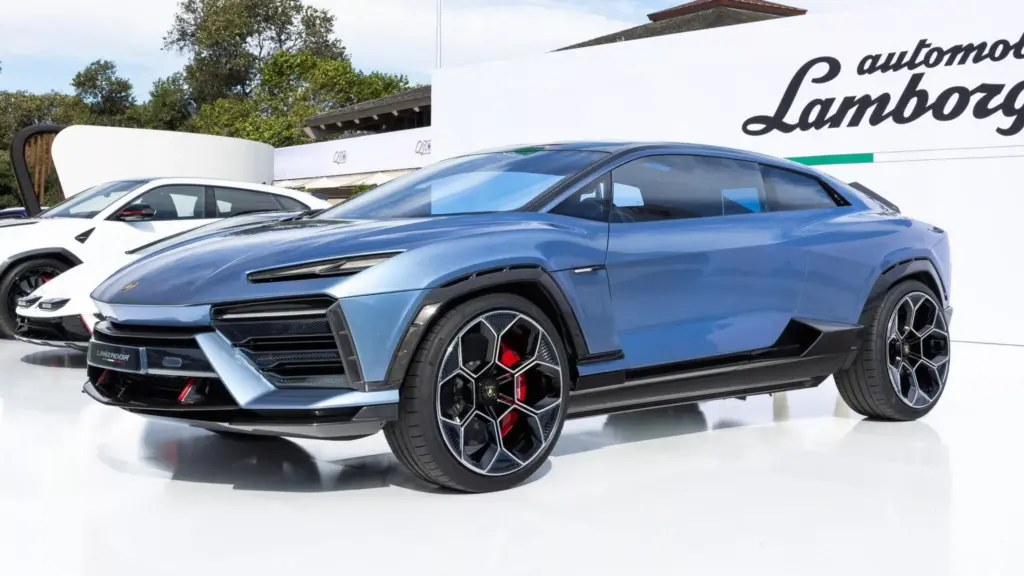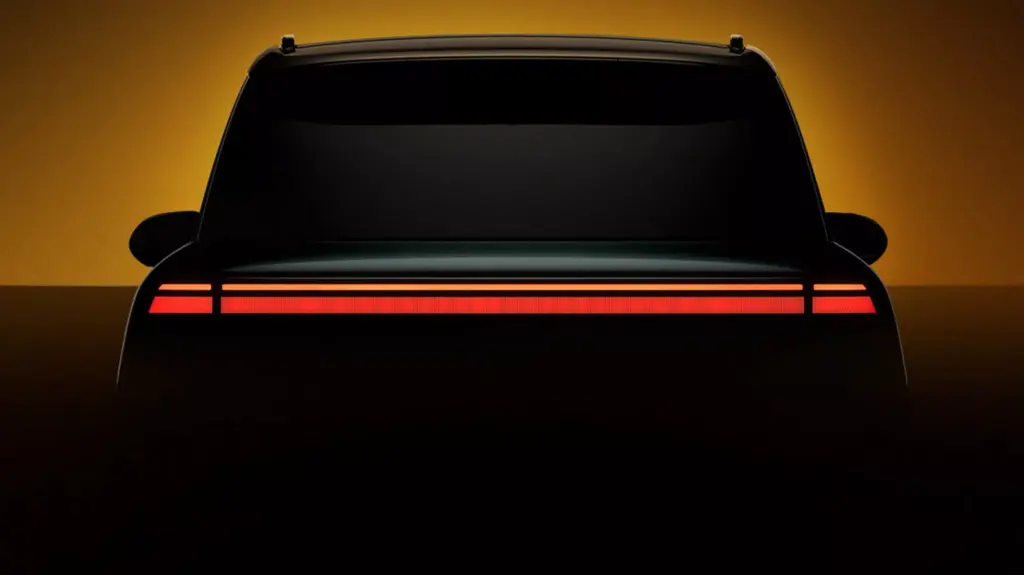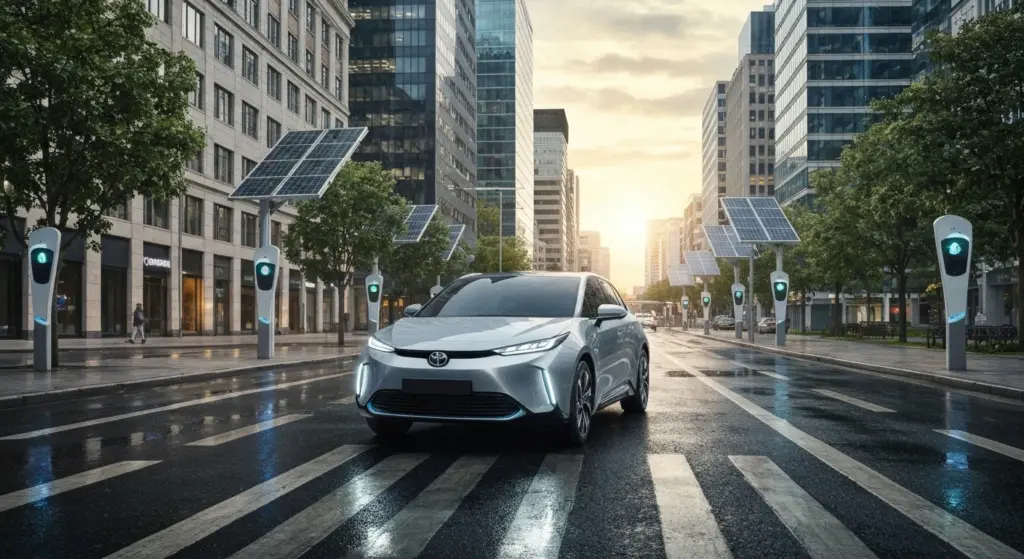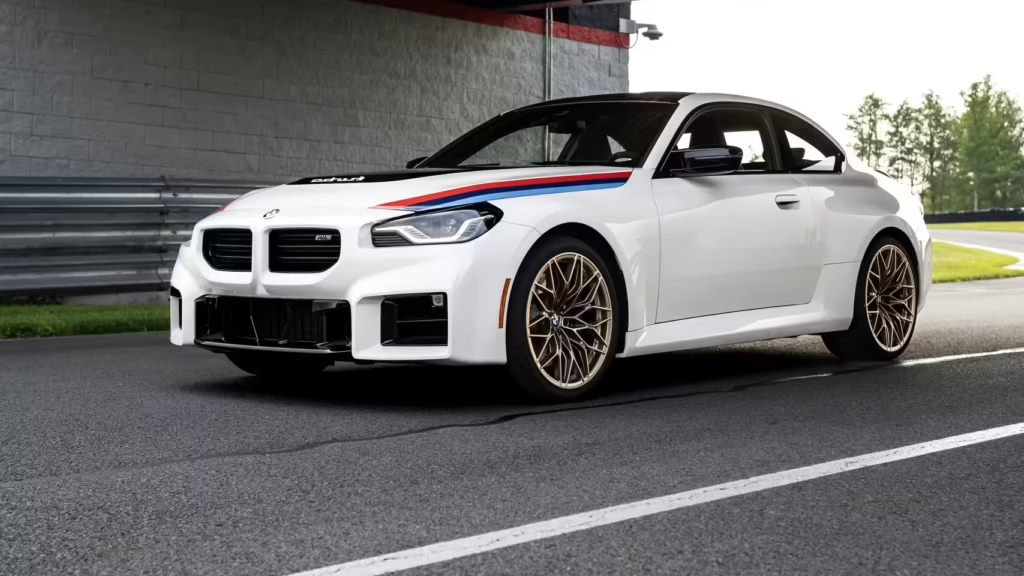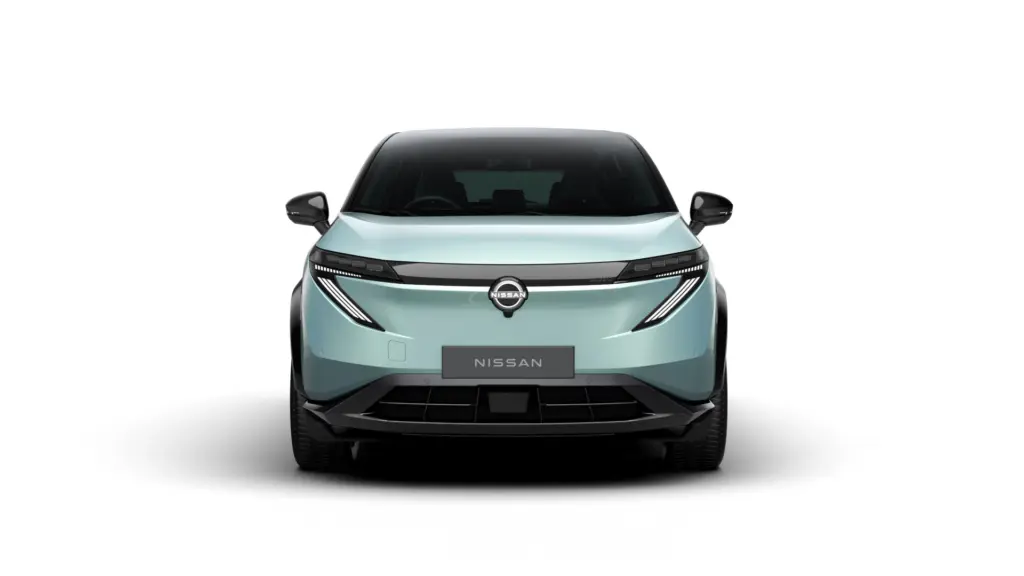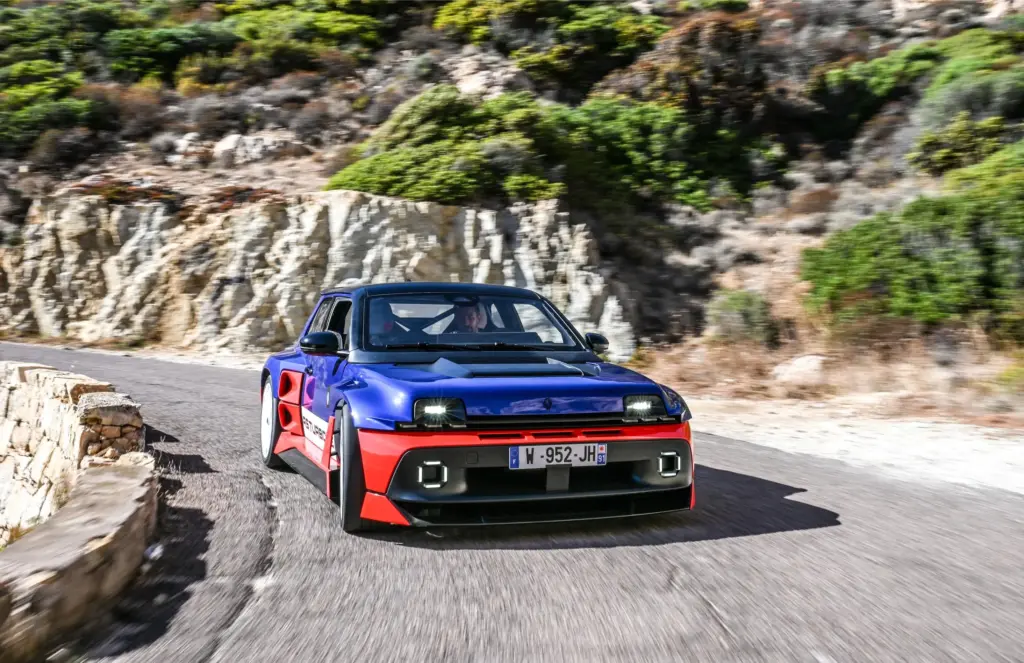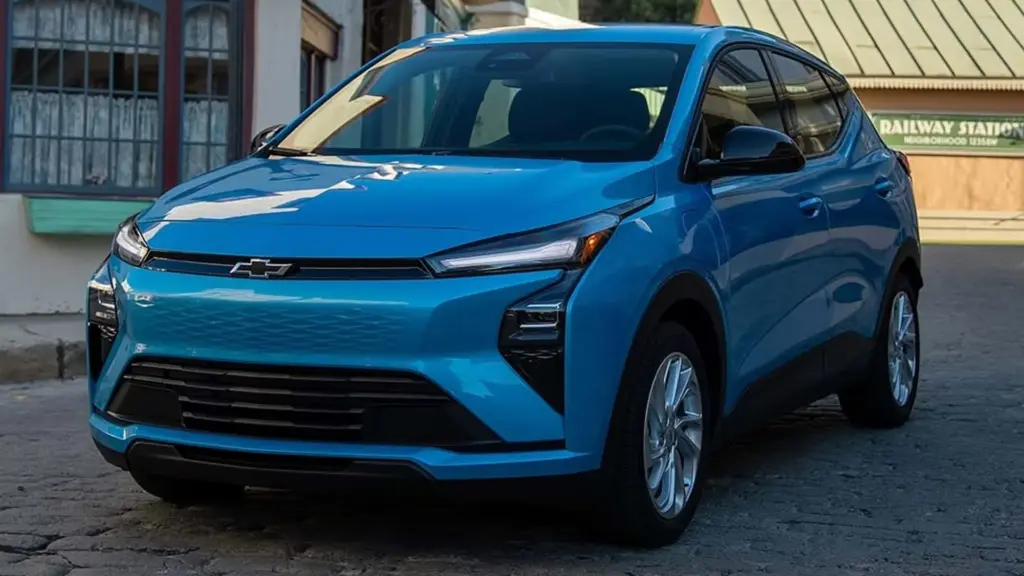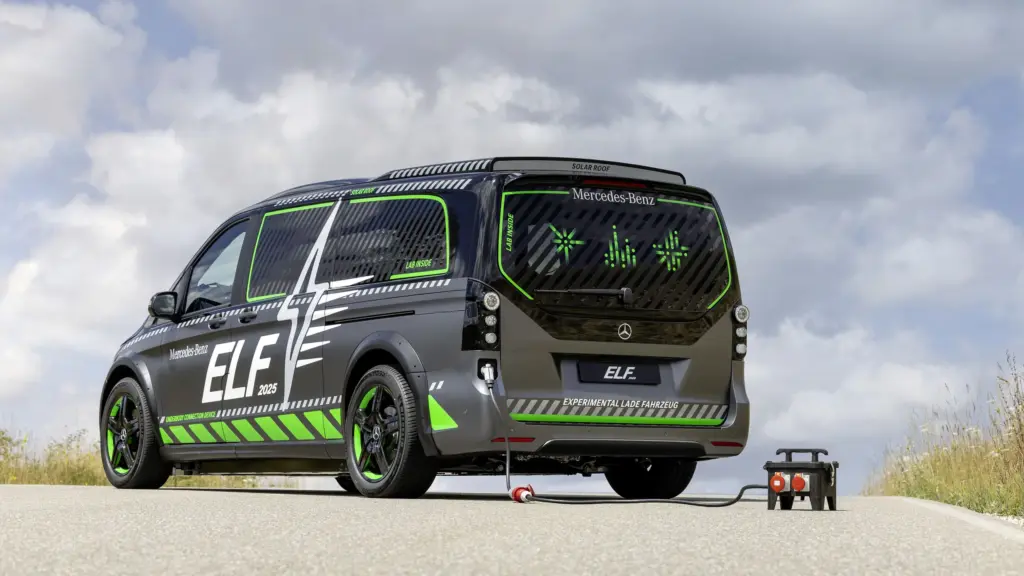Koenigsegg and Rimac are engaged in an unrelenting technical showdown. Now, the Jesko Absolut ran from 0-400-0 km/h in 25.21 seconds and took the trophy from the Nevera R. I went straight to the point: what changed, where did the Jesko win, and why the heck does this matter.
How did the Jesko Absolut beat Rimac in 25.21 seconds?
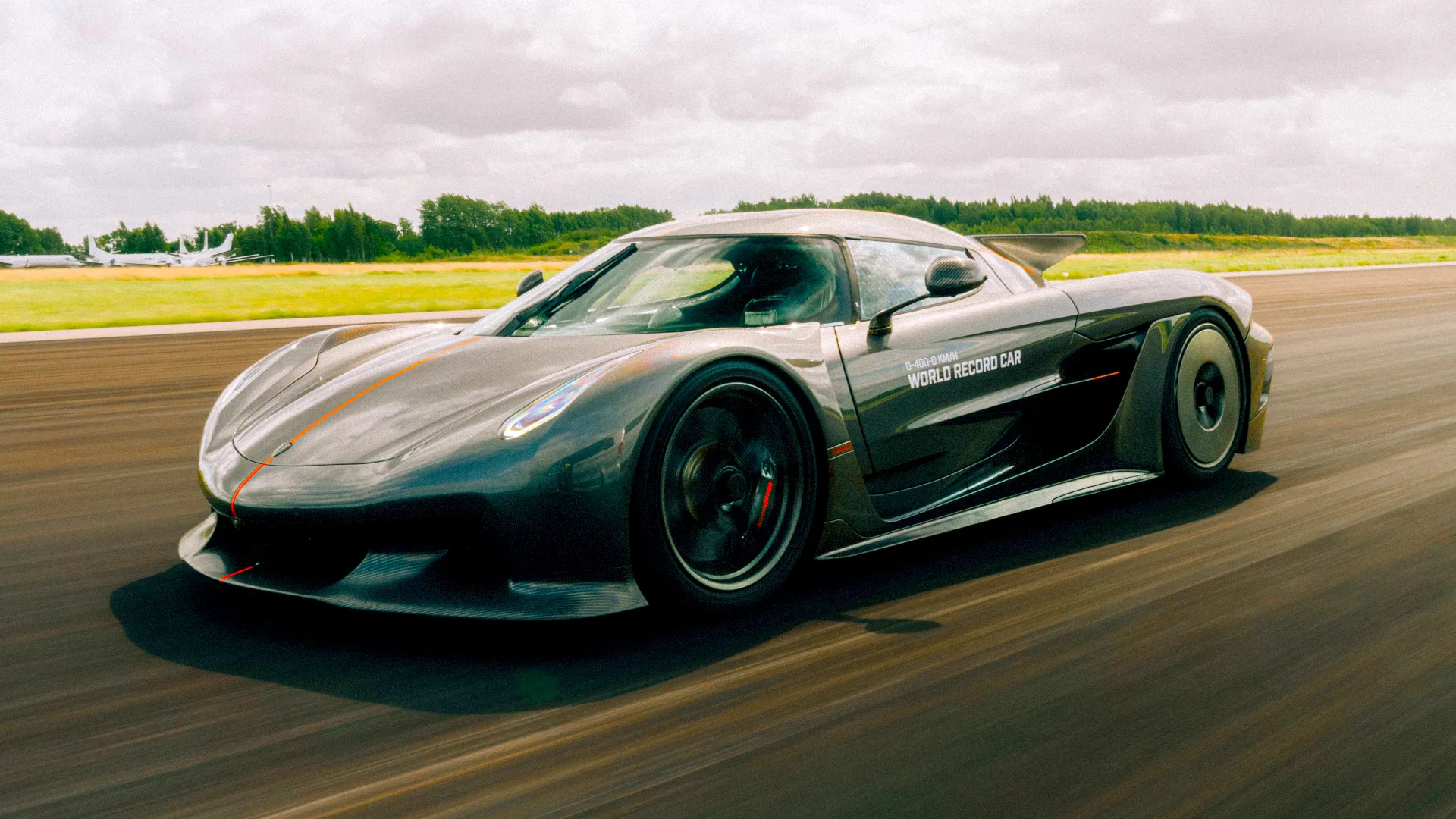
The time is mind-blowing: 25.21 seconds for 0-400-0 km/h and 25.67 seconds for 0-250-0 mph. This was with the track drying and without perfect conditions. No nonsense: numbers tell the story, and here they shout.
This leap came with “stick-to-the-asphalt” traction and seamless gear shifts. If you think only EVs accelerate like demons, it’s worth looking at another high-performance electric track car, like the YangWang U9 Track Edition, which also packs serious punch in the instant torque game.
What changed in the Absolut Overdrive software and why?
Koenigsegg made adjustments on three fronts: managing the 5.0-liter twin-turbo V8 engine (1,600 hp), the logic of the Lightspeed Transmission gearbox, and a new torque control system. The result? Launches without wheelspin, gear shifts that seem to “teleport” the car, and more stability under load. Want the technical overview of the Jesko’s setup? The engineering landscape is well described in the technical entry on Jesko.
The best part: the “Absolut Overdrive” update is available to customers. While some say goodbye to iconic engines, the old guard still shows teeth — see the Bugatti Brouillard, a 1,600 hp W16 engine farewell that reminds us a good internal combustion engine (ICE) doesn’t fade away easily.
Electric 2,107 hp vs. Twin-turbo V8 1,600 hp: who wins?
The Nevera R is a 2,107 hp electric missile with all-wheel drive and vectoring — monstrous launch, consistent braking, and zero lag. The Jesko runs with the V8 and RWD, but with clever software. Who takes it? On the stopwatch, the ICE wins — and by a hair, just half a second. Brutal future? Check out what’s coming in bold hypercars like the Lamborghini Temerario 2026.
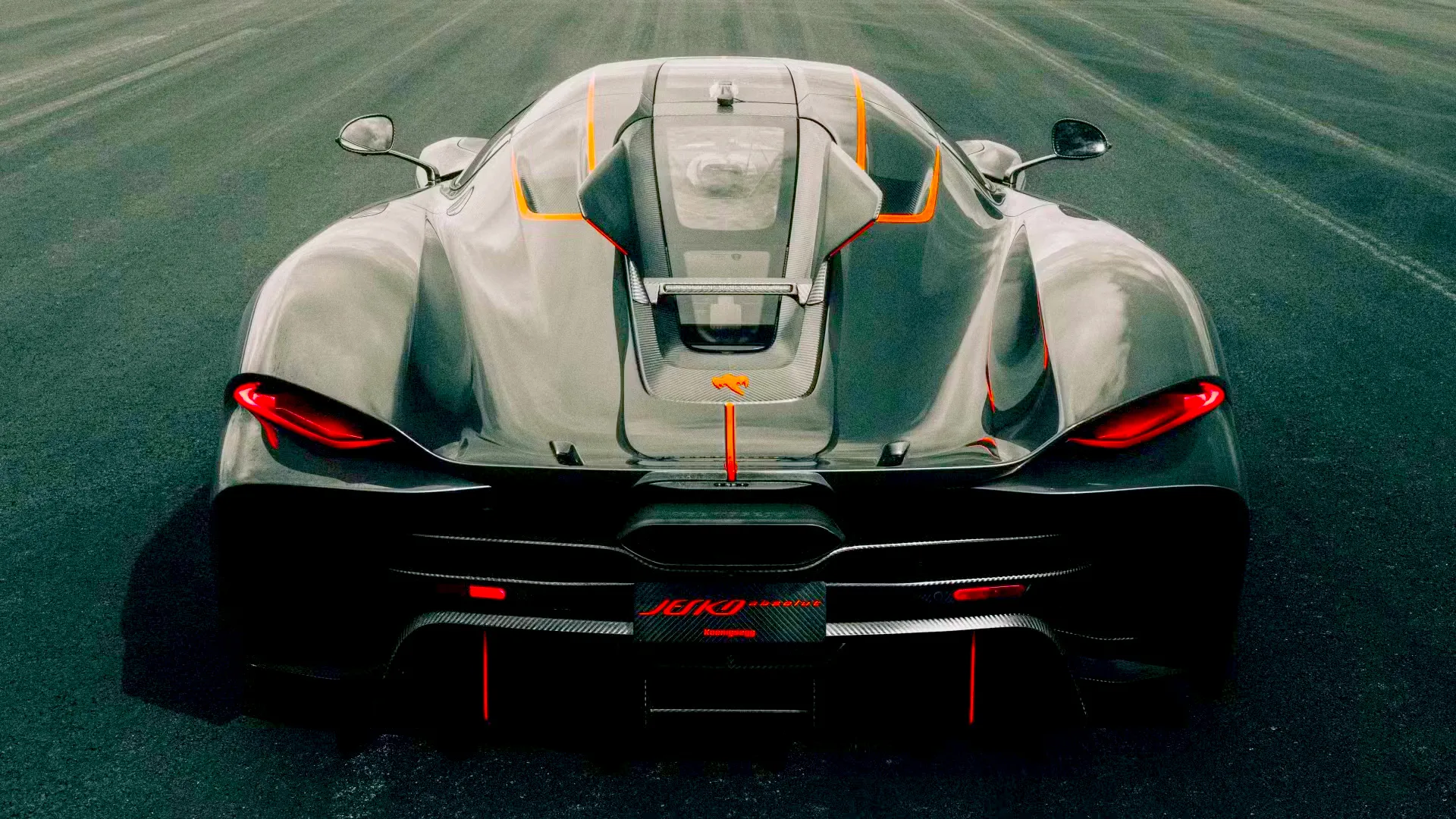
To understand the foundation of the “electric side,” check out the specs and philosophy of the Rimac Nevera, where battery integration, thermal management, and torque vectoring play a colossal role in maintaining consistent lap times.
What numbers show where Jesko gained and by how much?
The partial results speak for themselves: 0-400 km/h in 16.77 seconds (Jesko) versus 17.35 seconds (Nevera R). The message is clear — Koenigsegg carved out an advantage in pure acceleration. And on the return from 400-0 km/h, the Jesko nailed 8.44 seconds, with braking close to scandalous.
This gap stems from traction and torque/gear management under full load. For those interested in the “how it works,” I recommend a quick stop at the concept of torque vectoring. Now, don’t confuse a powerful GT with a hypercar focused solely on records: there are machines over 800 hp, like the Aston Martin Vanquish Volante 2026, competing in a different league.
Quick comparison (Jesko vs Nevera R)
- 0-400-0 km/h: 25.21 s vs 25.79 s
- 0-400 km/h: 16.77 s vs 17.35 s
- 400-0 km/h: 8.44 s vs —
- 0-250-0 mph: 25.67 s vs 26.20 s
- Traction: RWD vs AWD
- Power: 1,600 vs 2,107 hp
- Character: surgical ICE vs brutal EV
What does this record change in the global hypercar game?
First: software is king. Second: the EV vs. ICE duel is far from over. Third: over-the-air updates (or dealer-installed) are becoming part of performance culture. When it comes to money, this matters: paying USD or € more for an update that improves tenths might be the best “cost per second” available.
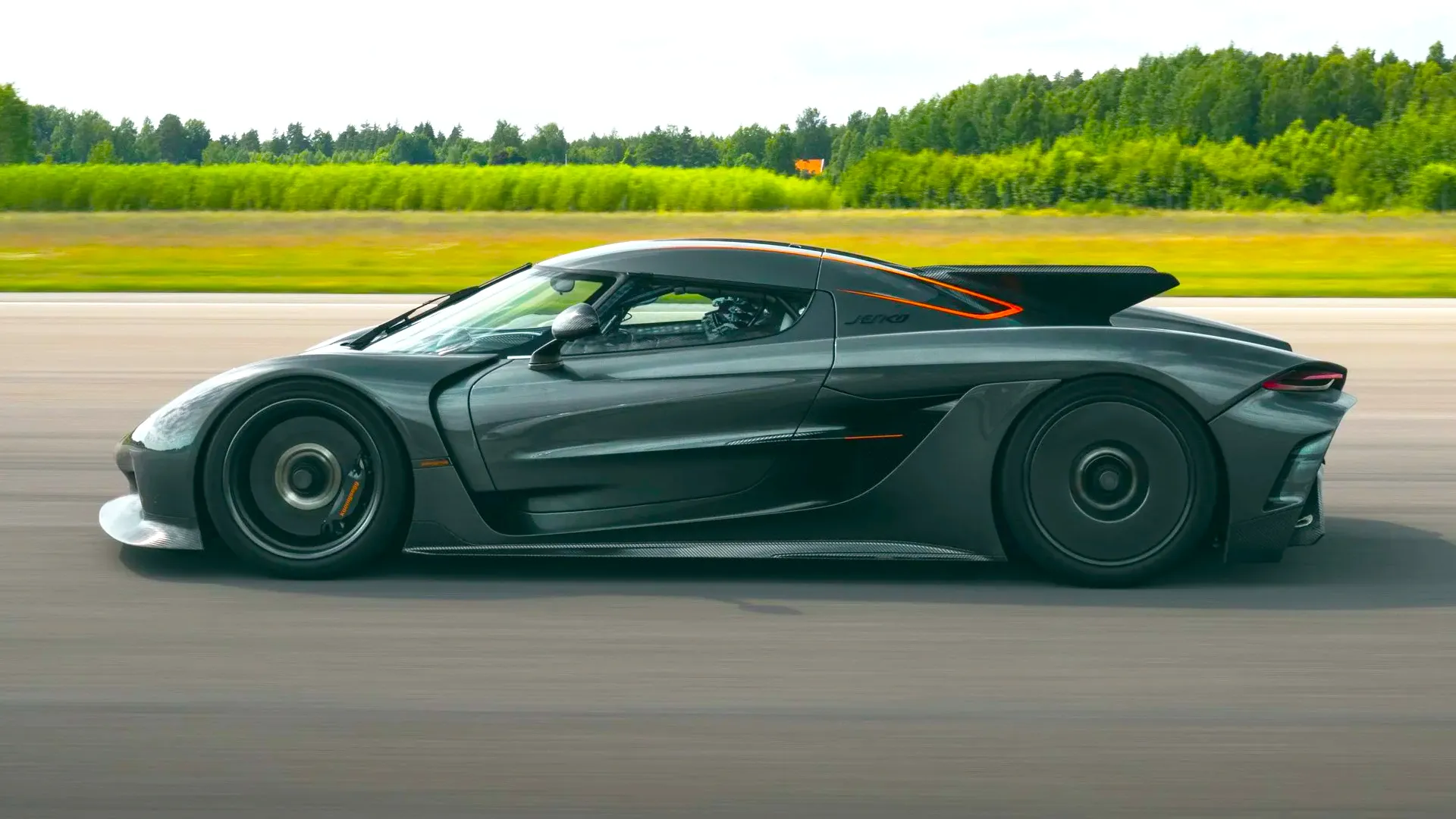
It also opens space for “roots” proposals that seek a different experience, without chasing tenths. If that resonates with you, check out the naturally aspirated V-12 and manual gearbox of the Garagisti & Co GP1: less telemetry, more skin in the game.
Quick FAQ (Frequently Asked Questions)
- Is the Jesko Absolut stock? Yes, it’s a limited-production hypercar with updates distributed to customers.
- Does the record depend on special tires? High-performance tires are crucial; calibration and temperature make a huge difference.
- Will EVs dominate all records? In traction and short sprints, EVs shine; in top speed and thermal management, ICE still performs well.
- Why is 0-400-0 so difficult? Because it requires perfect acceleration, high-speed stability, and brutal braking without fatigue.
- Do these times apply on any track? No. Track conditions, wind, and altitude change the game; that’s why manufacturers standardize protocols.
If you enjoy watching the performance pendulum swing back and forth, get ready: track-focused EVs with increasingly aggressive controls will cut into record times — just like other insane electric projects are already doing. And damn, internal combustion still has fire when software, gearbox, and grip are optimized.
My take: this 25.21 seconds isn’t just about “time”; it’s a manifesto that fine electronics evolve ICE just as much as EVs. The best part? With each update, limits shift. Today’s Jesko; tomorrow, I wouldn’t be surprised to see the Nevera — or another top electric — bite back. That’s exactly why this game is insanely addictive.
Did you enjoy this duel? Write in the comments: which side do you think will claim the next record — a demon torque-vectoring EV or a razor-sharp twin-turbo V8?
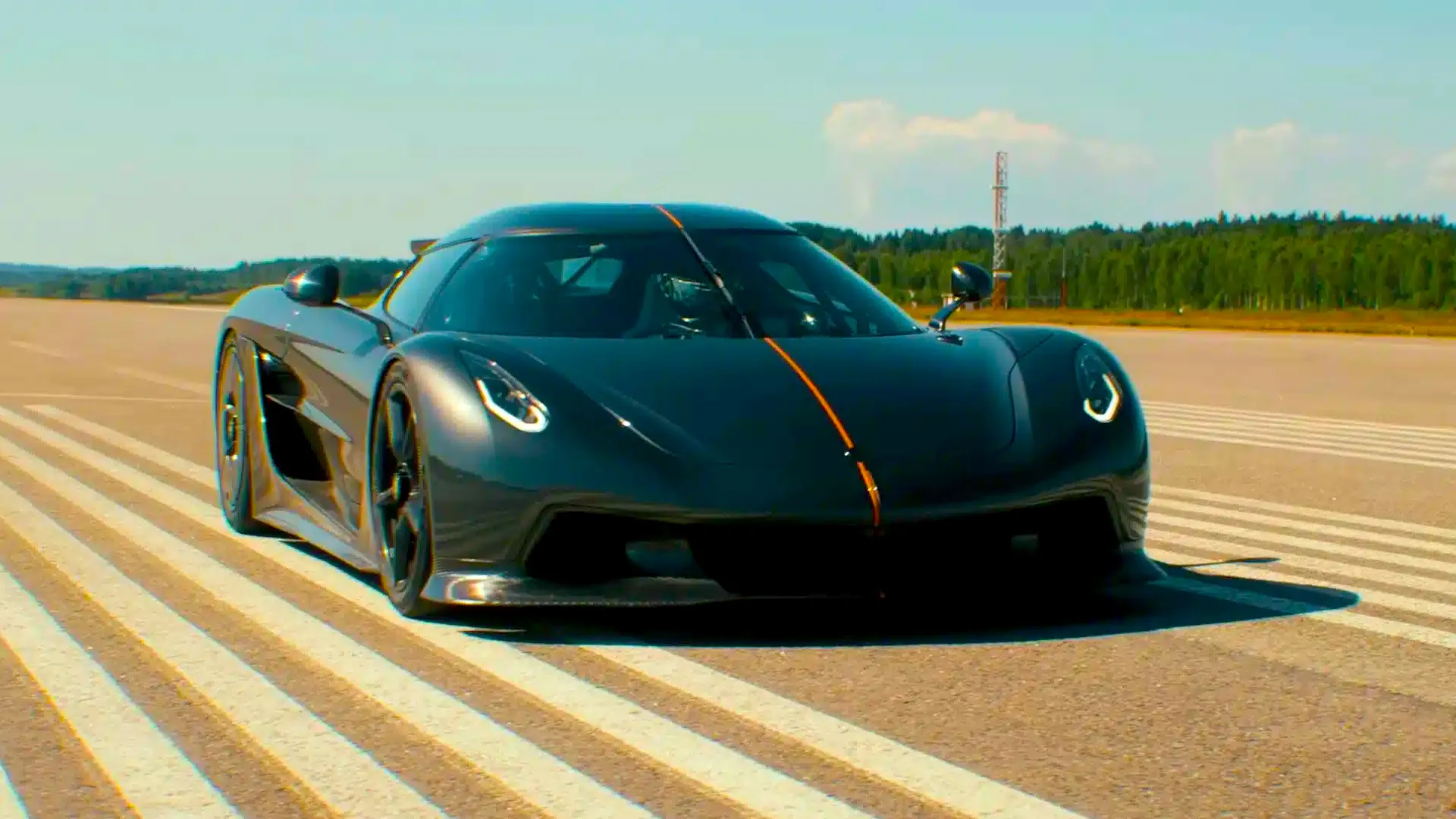


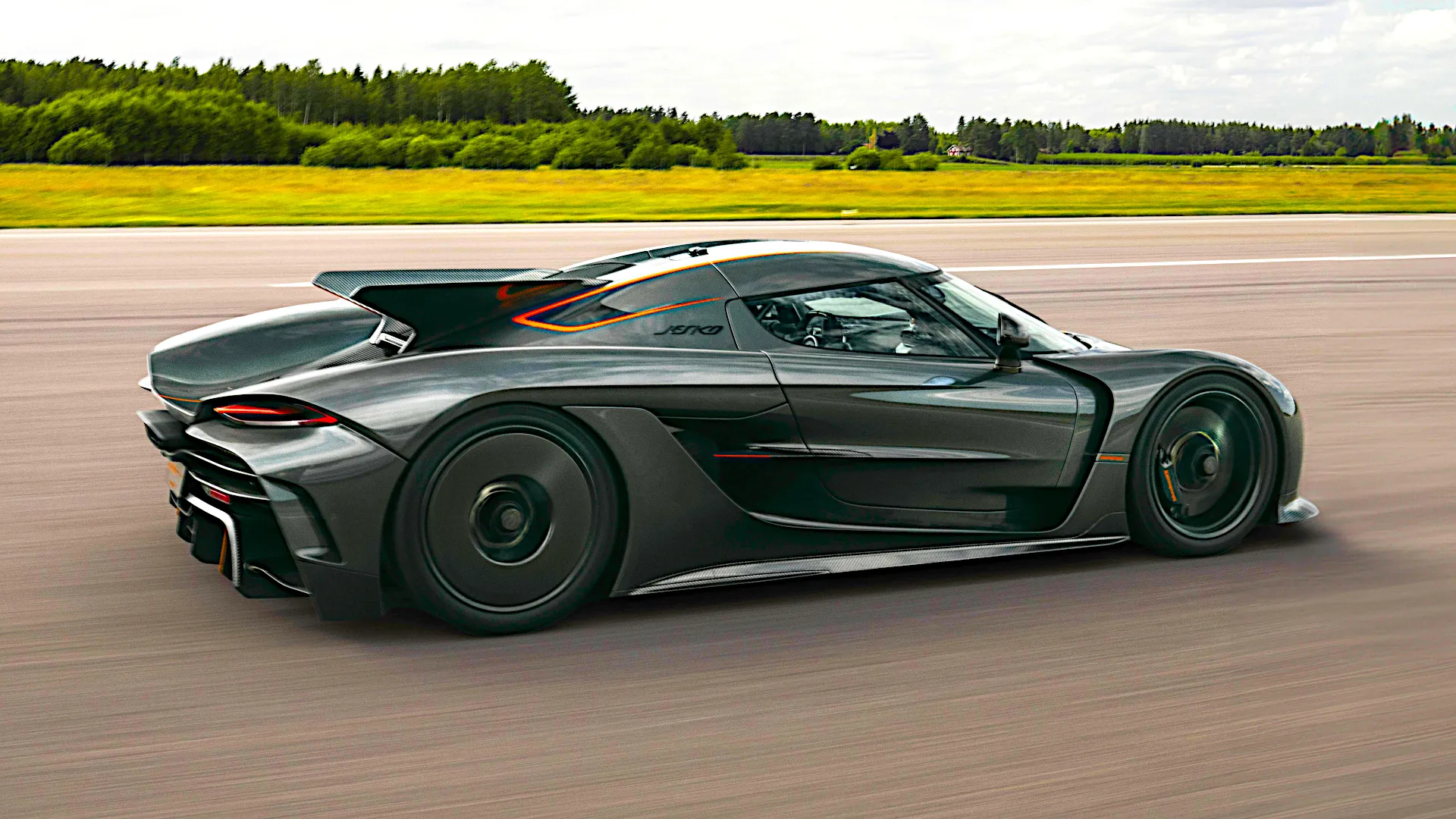

Author: Fabio Isidoro
Founder and editor-in-chief of Canal Carro, he dedicates himself to exploring the automotive universe with depth and passion. A car and technology enthusiast, he produces technical content and in-depth analyses of national and international vehicles, combining quality information with a critical eye for the public.

